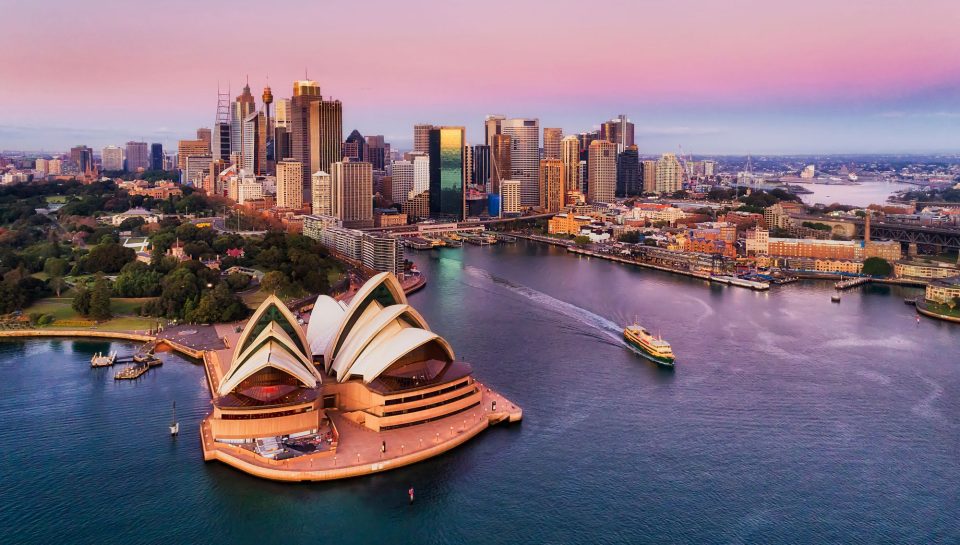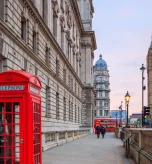Australia has become one of the most sought-after destinations for skilled professionals, international students, and families looking to build a better life. Its strong economy, high quality of life, healthcare system, and permanent residency (PR) pathway make it a top choice for immigrants around the world. However, the process of obtaining Australian PR can feel overwhelming — especially for first-time applicants. The good news? With the right guidance, it doesn’t have to be.
In this post, we break down the Australia PR process and share expert tips to help you succeed in 2025.
1. Understand the Main PR Visa Categories
Australia offers several permanent residency visa options, but the most popular are:
- Skilled Independent Visa (Subclass 189) – for skilled workers who are not sponsored
- Skilled Nominated Visa (Subclass 190) – requires nomination by a state or territory
- Skilled Work Regional (Provisional) Visa (Subclass 491) – for those who want to live and work in regional areas
Each of these visas falls under the General Skilled Migration (GSM) program and uses a points-based system. Understanding which visa suits your profile is the first step to success.
2. Check Your Eligibility Through the Points Test
The GSM program requires you to score a minimum of 65 points to lodge an Expression of Interest (EOI). Points are awarded based on factors like:
- Age
- English language proficiency
- Educational qualifications
- Work experience (Australian and overseas)
- Partner’s skills
- Study in Australia or a regional area
- State nomination (adds 5 or 15 points)
Expert Tip: Aim for a score above 80 to stand out in the competitive pool. Small improvements in English test scores or work experience can make a big difference.
3. Skill Assessment Is Crucial
Before submitting your EOI, you must get your skills assessed by the relevant assessing authority for your nominated occupation (e.g., Engineers Australia, ACS for IT professionals, VETASSESS, etc.). The outcome of this assessment is essential for determining your eligibility.
Expert Tip: Choose the right occupation from the Skilled Occupation List that matches your actual qualifications and experience. A mismatch can lead to rejection.
4. Submit an Expression of Interest (EOI)
The EOI is an online application submitted through SkillSelect, where you express your intent to apply for PR. You don’t need to upload documents at this stage, but you must provide accurate details. Based on your EOI and points score, the Australian government or a state/territory may invite you to apply.
Expert Tip: Keep your EOI updated with new information — like a better English score, new qualifications, or additional experience — to improve your chances of selection.
5. Wait for an Invitation to Apply (ITA)
Once your EOI is in the system, you must wait for an ITA during one of the regular invitation rounds. Candidates with the highest points in their occupation category are generally prioritized.
Expert Tip: If your points are close to the cutoff, consider exploring the Subclass 190 or 491, which offer additional points through state nomination.
6. Lodge Your PR Visa Application
After receiving an ITA, you’ll have 60 days to submit your full application with all required documents. These include your passport, English test results, skill assessment report, police clearance certificates, health exams, and proof of relationship (if applicable).
Expert Tip: Submit a complete, well-organized application to avoid processing delays. Missing or unclear documents are a common reason for delayed approvals.
7. Medical & Police Checks
All applicants must undergo health examinations and provide police clearance certificates to meet Australia’s health and character requirements.
Expert Tip: Schedule your medical exams early in the process, as results are valid for 12 months and are often required before the visa is granted.
8. Wait for the Final Decision
Once submitted, the Department of Home Affairs will assess your application. Processing times vary, but a complete and accurate application speeds things up.
Expert Tip: Avoid contacting the department repeatedly during processing — it can cause delays. Instead, stay updated through your ImmiAccount.
9. Receive Your PR Grant
Once approved, you’ll receive your PR visa grant notice. You can now move to Australia, work and live freely, access Medicare (public health care), and later apply for citizenship if you meet the residency requirements.
10. Plan for Settlement
Relocating to Australia requires planning. Research job opportunities, accommodation, schooling (if moving with kids), and how to integrate into your chosen city or region.
Expert Tip: Consider moving to regional areas, where demand for skilled workers is high and the cost of living is lower. Many PR programs are fast-tracked in these zones.
Final Thoughts
The Australia PR process in 2025 may be complex, but it’s achievable with the right planning and expert guidance. Every applicant’s journey is unique, so don’t compare yourself with others. Instead, focus on strengthening your profile, understanding the system, and taking every step carefully.
If you’re planning to apply for Australian PR, our team of expert immigration consultants is here to guide you from start to finish — from skill assessment to visa grant. Book your consultation today and take the first confident step toward your Australian dream.





